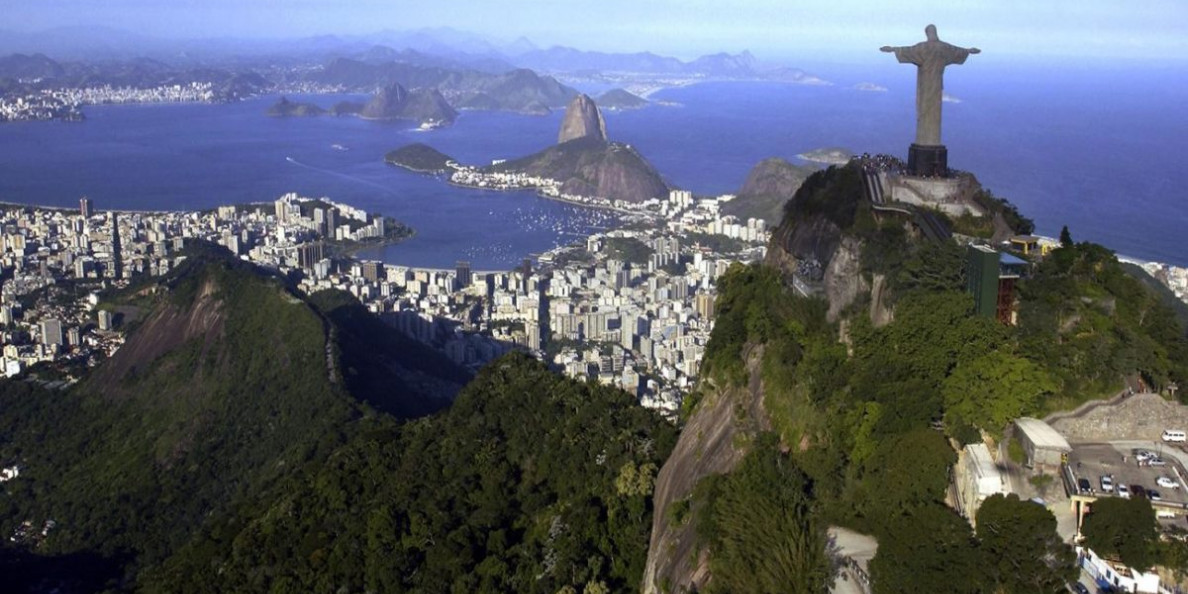| Currently, the number of newly added and confirmed cases of the coronavirus pandemic in Brazil has been the top of the world, and the pandemic development still faces greater challenges due to underestimation of pandemic prevention and control, shortage of medical personnel and materials and social security, and insufficient implementation of prevention and control. Dragged down by the pandemic, with the good cotton production and lower exports, Brazilian cotton market is obviously oversupplied, and cotton prices face large pressure. 1. Brazil suffers huge challenges in face of the pandemic  According to the data released by the Brazilian Ministry of Health on June 1, as of 19:00 local time, there were 11,598 new cases of coronavirus confirmed, a total of 526,447 confirmed cases, 623 new deaths, and a total of 29,937 deaths. A total of 211,080 patients were cured. By now, the number of confirmed cases in Brazil has ranked second in the world. The Executive Director of the WHO Health Emergencies Programme said that Brazil has the largest number of new cases in the world in the past 24 hours, and the peak has not come. The research team at the University of Washington in the United States made a prediction about the outbreak in Brazil. The prediction stated that the number of deaths in Brazil by August is likely to exceed 220,000. If Brazil does not carry out various prevention and control measures in a timely manner, it is very likely that Brazil will surpass the United States. Brazil faces multiple problems: (1) Government officials have not taken efficient measures timely Brazil did not take quarantine and lock-down measures in time after the first case of pandemic death occurred on March 17. The president stated that there was no necessary to be panic, and insisted on economy, without lock-down measures. (2) Shortage of training of medical personnel and related materials According to a survey of front-line medical personnel, Brazil's public health system personnel are under-trained. Only 22.3% of medical personnel have received sufficient training and are capable of treating patients with coronavirus pandemic, including mild and severe cases. A large number of first-line doctors have not received relevant training in the treatment of patients with coronavirus pandemic. Although WHO does not recommend the use of hydroxychloroquine against the coronavirus, the Brazilian Ministry of Health still insists on the use of chloroquine and hydroxychloroquine as treatment drugs. (3) Insufficient implementation of pandemic control
After the first case of the pandemic death occurred on March 17, Brazil began to take vehicle restrictions in Sao Paulo on May 1st, and on June 1, when the cases were in the top in the world, Rio de Janeiro and some other places began to accept applications for permission to reopen business. Judging from the current attitude of Brazil's domestic high-level officials on the pandemic and the development, the Brazilian pandemic may continue to explode, facing very serious challenges. 2. Cotton market is dragged down (1) Production continues to increase In May, the official forecast for cotton production is at 2.879 million tons. The picking work has already begun in the State of S?o Paulo, and will begin in mid-June in Bahia, the second largest production area, and then in Mato Grosso. (2) Depressed demand As the number of new cases of COVID-19 continues to rise, retail stores in major cities are still closed, and some spinning mills have started working on shifts. In this case, the demand for raw cotton is still weak. (3) Decline in exports The export volume in the first 20 days of May was about 42,000 tons, and the export volume in May is expected to be 75,000 tons. Cotton exports were 90,600 tons in April. In May, China has procured a large number of US cotton. At the same time, Indian cotton also lured much interests due to the discounts offered by Cotton Corporation of India and the exchange rate. Brazilian cotton exports are impacted somewhat.
According to the latest data from CONAB in May, Brazil's cotton consumption in 2019/20 may fall by 40,000 tons from April's estimated value, exports will fall by 300,000 tons, and ending stocks are estimated to increase by 338,000 tons. The oversupply of Brazilian cotton is more obvious. In summary, the number of newly added and confirmed cases of the coronavirus pandemic in Brazil has been the top of the world, and the pandemic development still faces greater challenges due to underestimation of pandemic prevention and control, shortage of medical personnel and materials and social security, and insufficient implementation of prevention and control. Dragged down by the pandemic, with the good cotton production and lower exports, Brazilian cotton market is obviously oversupplied, and cotton prices face large pressure. | |||||||||||||||||||||||||||||||||||||||||||||||||||||||||||||||||||||||||||||||||||||||||||||||||||||||||

Brazilian cotton market dragged down by COVID-19 pandemic
Το περιεχόμενο του άρθρου δεν είναι διαθέσιμο στη γλώσσα που έχετε επιλέξει και ως εκ τούτου το εμφανίζουμε στην αυθεντική του εκδοχή. Μπορείτε να χρησιμοποιήσετε την υπηρεσία Google Translate για να το μεταφράσετε.

